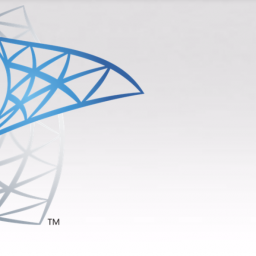One of the basic benefits of IT Asset Management (ITAM) is gaining an understanding of the hardware and software components that make up your environment.
Your ITAM program should provide information on not only the hardware and software deployed but also their associated stage in the IT asset life-cycle. Your program should also provide data on the desktops and servers that are approaching end-of-life, whether they will quickly become obsolete, and if the software licenses that reside on them are at current release levels and will continue to be supported. End-of-life data is very valuable…but why, and what is the impact?
Over the past 18-24 months, we have seen organizations pay closer attention to end-of-life data. End-of-life data helps companies plan ahead to ensure compatibility of systems and avoid security risks. In the absence of product end-of-life data, it’s almost impossible to proactively plan for upgrades in order to avoid compatibility issues and reduce the threat of security risks due to discontinued product support.
From an operational perspective, it’s important to know when your software licenses will no longer be supported, whether or not there will be compatibility issues when you upgrade to the latest version and if it will be necessary to purchase new hardware to accommodate the new software. Products that are no longer supported can cause ongoing system compatibility issues and put networks and endpoints at risk, since patch support will not be available. End-of-life and end-of-support data can identify products whose support will end in the near term, allowing organizations to plan accordingly.
End-of-life data is also critical from a network security perspective. IT Managers should be proactive and understand the dates when a manufacturer or publisher will no longer support the version that they possess. For example, if your software license is no longer supported and your organization faces a security breach, you will be unable to acquire a patch. While you can independently choose to keep the software, if any breaches or malware strike, the security of your environment could be in serious jeopardy. If you are able to see well in advance the end-of- support date, you can remove the obsolete versions from your environment and make decisions about what to replace them with, which is the foundation of any solid network security plan.
Product data libraries can be a great source for end-of-life data. Eracent’s IT-Pedia® aggregates this data on hardware and software all in one place. The data can be accessed, viewed and reported on quickly as part of your operations strategy. To learn more about IT-Pedia, click here.
Remember that end-of-life data will help your organization make valuable decisions on managing your hardware and software assets, and reduce the risk of potential compatibility issues and security breaches.

– by William Choppa
William Choppa is the President of Eracent. He has almost twenty years’ experience helping clients meet their ITAM and SAM challenges with his knowledge of technical solutions and business process best practices.





